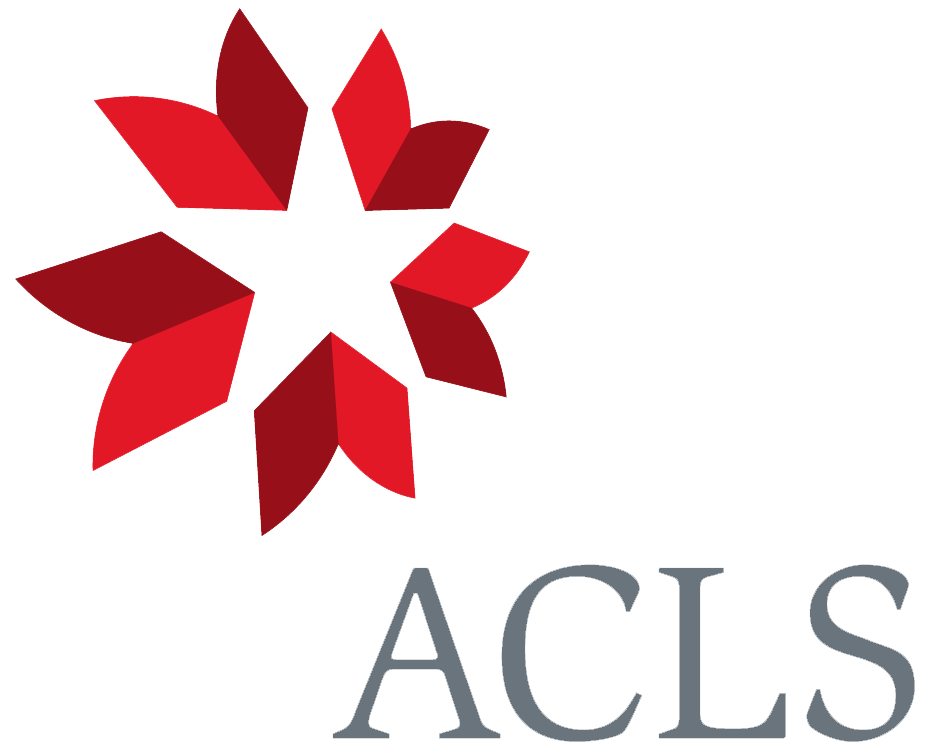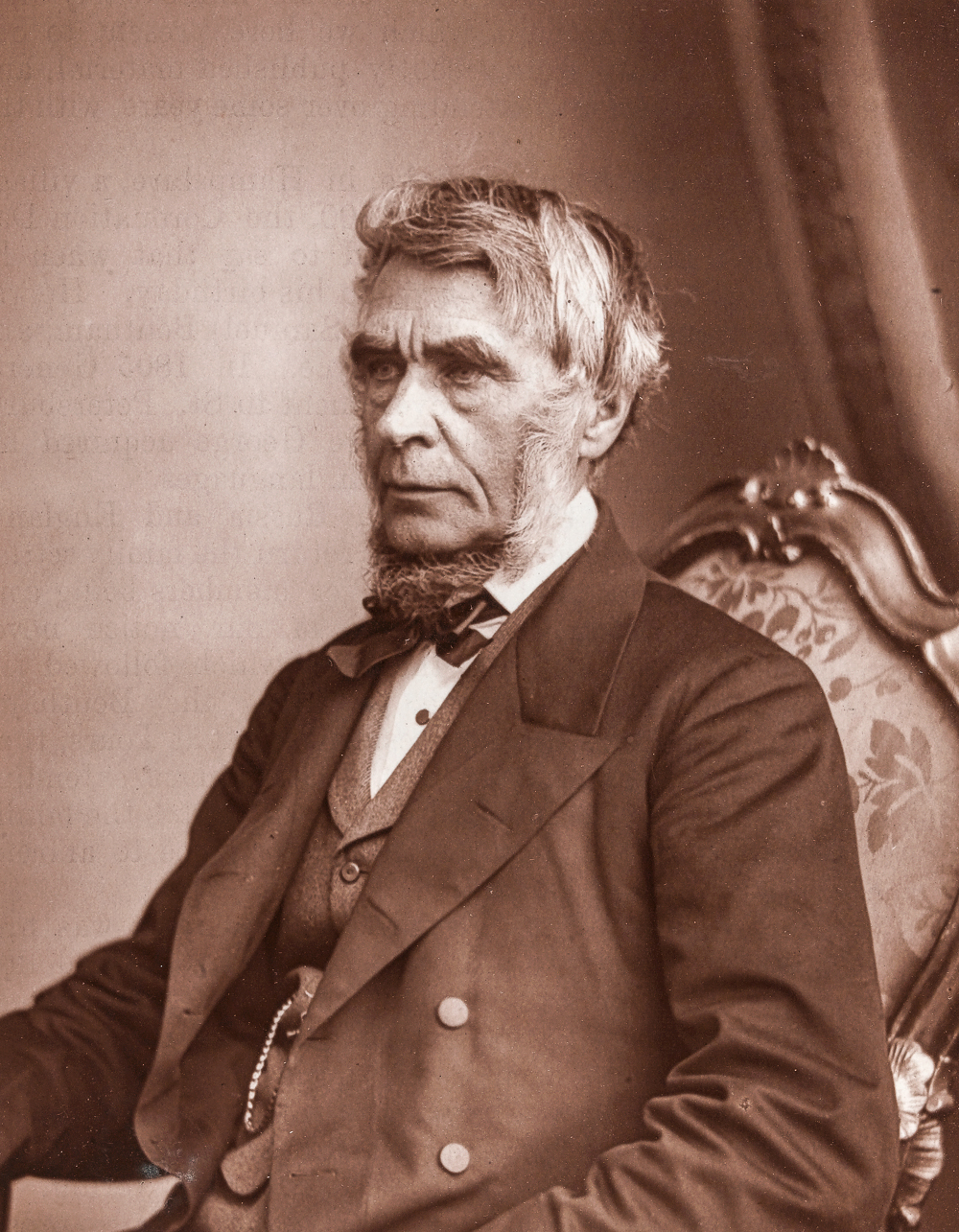Reports on a setter puppy born of apparently pure pointer parents. Any cross must have been far back.
Comments on forthcoming edition [7th (1847)] of CL’s Principles. Mentions other books relevant to CL’s needs by Hooker, H. G. Bronn, Edward Forbes, and J. G. Kölreuter. Discusses his own books on volcanoes and the geology of S. America.
Mentions expected visit to Down by the Lyells.
Results of crosses in Phlox.
Grateful for AH’s long letter and suggestions. Delighted at what he says about "complemental males". CD feared no one would believe in them but now that Owen, Dana, and AH accept them, he is content.
Agrees with AH on cross-impregnation; has collected facts on this head but has done nothing with them.
AH’s paper on Alcippe [Ann. & Mag. Nat. Hist. 2d ser. 4 (1849): 305–14] caused him to lose sleep over its anomalous structure.
Provides another case of apparently pure bred pointers producing litter with one setter puppy. Correspondent was told that this occurred in several litters; gives names of owners and others who can corroborate the information.
Thanks WDF for his offer of assistance in collecting varieties of poultry. Describes his needs. He will raise his own pigeons.
Often doubts whether, despite all help, the problem of species will not overpower him.
CD experiments: sowing seeds in fields; "breaking" seeds’ constitution with coloured light; plant hybridisation. Compiling works on hybridism.
Respect for W. B. Carpenter.
Note on "nectar secreting" to Gardeners’ Chronicle [Collected papers 1: 258–9].
Draft of queries on the varieties of hollyhocks. [To be transmitted to William Chater by JSH; probably enclosed with 1778.]
The information correspondent hopes to get from M.-J.-P. Flourens will be valuable.
CD is keeping all varieties of pigeons, poultry, ducks, etc. for his work on variation.
Is trying to procure some cocks for CD.
Believes Scotch deerhounds are mongrels.
Darwin Correspondence Project
darwin@lib.cam.ac.uk
© University of Cambridge 2022
Website by Surface Impression



© 2024 University of Cambridge
